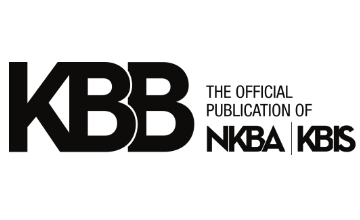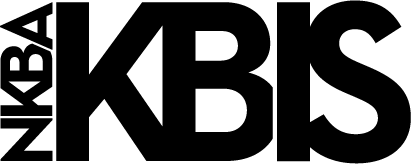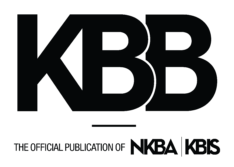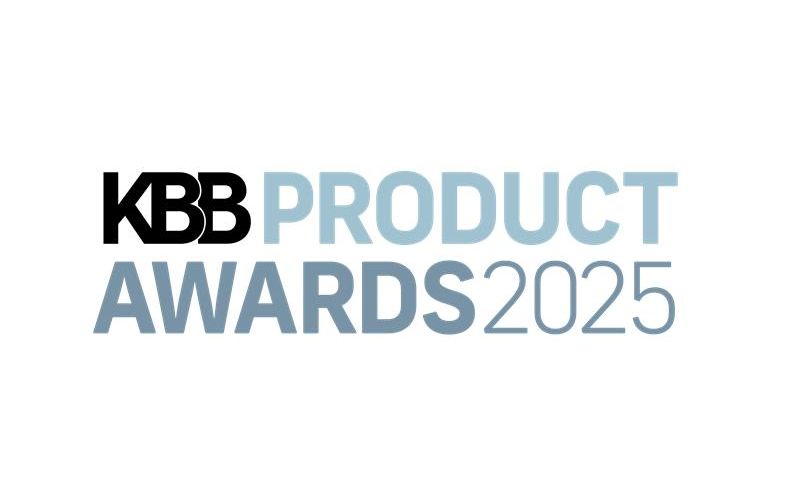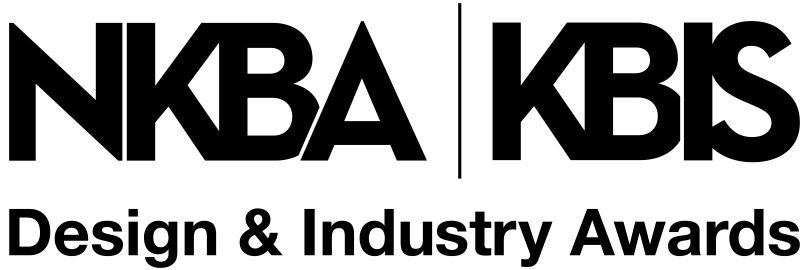Tariff Impacts on the Kitchen and Bath Industry Supply Chain
Much of what is consumed by the kitchen and bath industry is produced in the Far East. The tariffs that are being imposed or considered have numerous effects on the supply chain of the kitchen and bath industry. Lack of a coherent policy or a clear set of reasons for imposing tariffs has caused much uncertainty among manufacturers, importers, wholesalers and retailers. The tariff rates appear to change by the week. Factors up and down the supply chain appear to be on a holding pattern, putting a pause on capital expenditures, placing orders and hiring labor.
In 2024, we imported more than $1.32 trillion worth of goods and services and exported $0.82 trillion with our three largest trading partners – Canada, China and Mexico, representing 40% of the total trade between the U.S. and the world. What exactly will occur in 2025 is anybody’s guess, but numerous economists and analysts are predicting a significant slowdown in economic activity throughout the world with higher inflation predicted in the next two quarters.
The tariffs are bound to have numerous effects on most industries, including the kitchen and bath industry. Their effects will be felt because of numerous related factors.
1. Increased Costs. First, the imposition of tariffs will mean most or all the tariffs will be passed on to customers via a price increase. This increase may be small in the beginning as warehouses clear their inventory purchased before the tariffs. In addition, retailers/wholesalers may be willing to absorb some of the cost for a short period of time. However, the increase in prices over a medium to longer term is bound to be steep. As of this writing, it is likely that a 10% tariff will hold for almost all countries. Even that much of a tariff across the board will eventually have to be paid for by someone (most likely the end consumer) and will make customers pause their remodeling or house purchase decisions. For some countries, the tariffs could be even higher, and this will spell a significant decline in economic activity, particularly in remodeling and new purchase of kitchen and bath items.
2. Inflation. An increase in inflation is widely expected to continue and perhaps accelerate at least until the end of the year. Customers will be cautious on any spending that is deemed discretionary. This will impact home redesign projects, causing a further disruption in the kitchen and bath industry with reduced supplies, higher costs and longer lead times.
3. Interest Rates. The federal reserve is adopting a wait-and-see approach toward interest rate cuts until there is a noticeable decline in gross domestic product. This may not occur until the third quarter. Even if the federal fund rates are reduced by then, the economy would have slowed down causing buyers to hold back on large ticket purchases or projects.
4. Labor Shortage. Importers may begin looking for suppliers in countries with relatively lower tariffs. However, dismantling existing supply chains and developing new ones will take a significant amount of time, effort and cost. In the short to intermediate term, there is no doubt that there will be shortages. Even if manufacturers wish to reshore production, they will find it difficult to find an abundant supply of labor. With the unemployment near 4%, there is a shortage of labor in many industries. Many mom-and-pop companies that make kitchen and bath products in the U.S. operate on thin margins and find it difficult to secure adequate labor even in more stable periods. The changes in immigration policy are also likely to have a significant impact in the housing market. Forty percent of the workers in Texas construction companies are immigrants. A decrease in the labor pool will lead to shortages in the housing market and higher prices.
The U.S. market has been lucrative for many overseas manufacturers of products and components not only because of its size but also the purchasing power of the adult population. Another factor that has worked in favor of the U.S. market is the certainty in trade policies, relatively lower levels of bureaucracy and historically low tariff rates (averaging at 3%). Even if the 10% tariff rates were to hold, this will be more than a threefold increase on tariff costs. More than that, the turmoil and uncertainty created by an ever-shifting set of tariff policies has already caused companies and countries to begin negotiating more closely with customers in other markets around the world for exchange of goods and services. The long-term negative impacts of the tariffs on supply chains are likely to be significant.
—Sunderesh S. Heragu is Regents Professor at Oklahoma State University where he holds the John Hendrix chair. He is president of the Institute of Industrial and Systems Engineers and a senior member of the Institute for Operations Research and Management Sciences.
